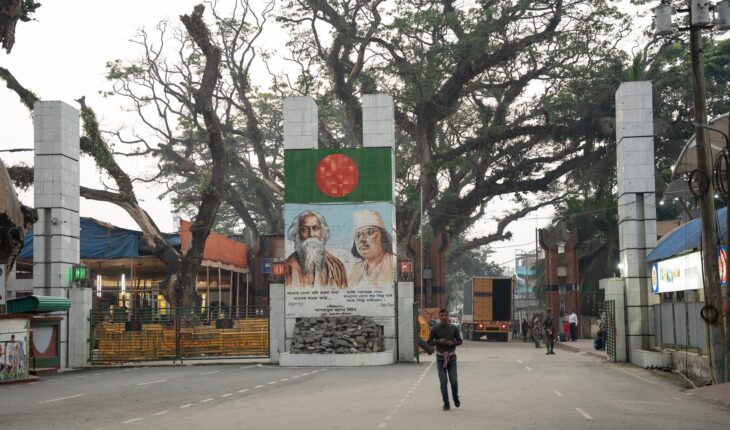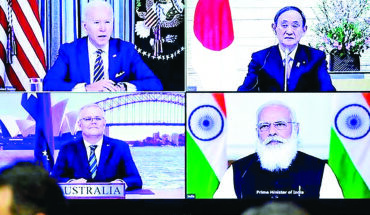India’s decision to impose trade restrictions on Bangladeshi garments and other goods marks a regrettable turn in an already fraught bilateral relationship. By denying access to India’s northeast market, New Delhi has chosen economic signalling over strategic engagement. The move may express displeasure at Bangladesh’s interim leadership — particularly Mohammed Yunus’s recent overtures to China — but it is unlikely to yield the results India seeks.
Bangladesh’s internal instability, its interim regime’s erratic foreign policy, and the sidelining of the Awami League have strained ties. But punishing the garment sector, a mainstay of Bangladesh’s export economy, risks further emboldening anti-India rhetoric already gaining ground in Dhaka. It also lends credence to accusations that India interferes in Bangladesh’s internal affairs, feeding a political narrative that undermines long-standing cooperation.
Yunus’s remarks in China describing India’s northeast as “landlocked”, and offering China access through Bangladesh, were provocative. Yet India must resist reacting impulsively. The better course lies in sustained diplomatic outreach — not least with political actors beyond the interim government — to signal that India’s concern lies with democratic stability, not factional allegiance. The priority must be a clear call for timely, inclusive elections, in line with what the international community expects.
Trade restrictions may satisfy domestic political instincts in the short term, but they are no substitute for statecraft. India’s interests in the region — economic, strategic and security-related — are best served by a stable, democratic neighbour. To that end, New Delhi must combine firmness with finesse. Dialogue, not disruption, is the wiser path. A constructive approach will help safeguard India’s standing in South Asia while ensuring that disaffection in Dhaka does not spiral into a deeper strategic setback. Neighbours should always strive to maintain at least cordial relations, as peace and prosperity on one side of the border depend in part on stability on the other.





